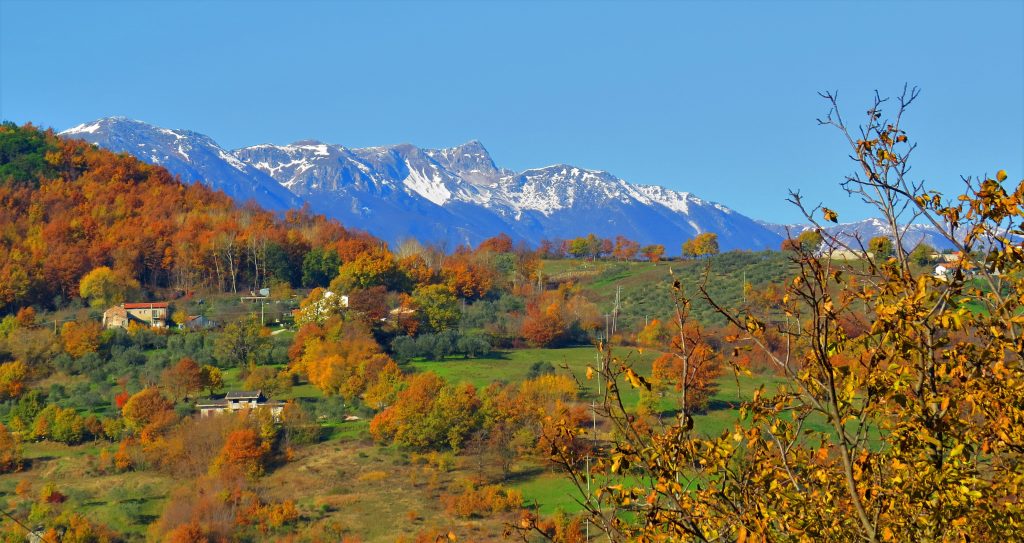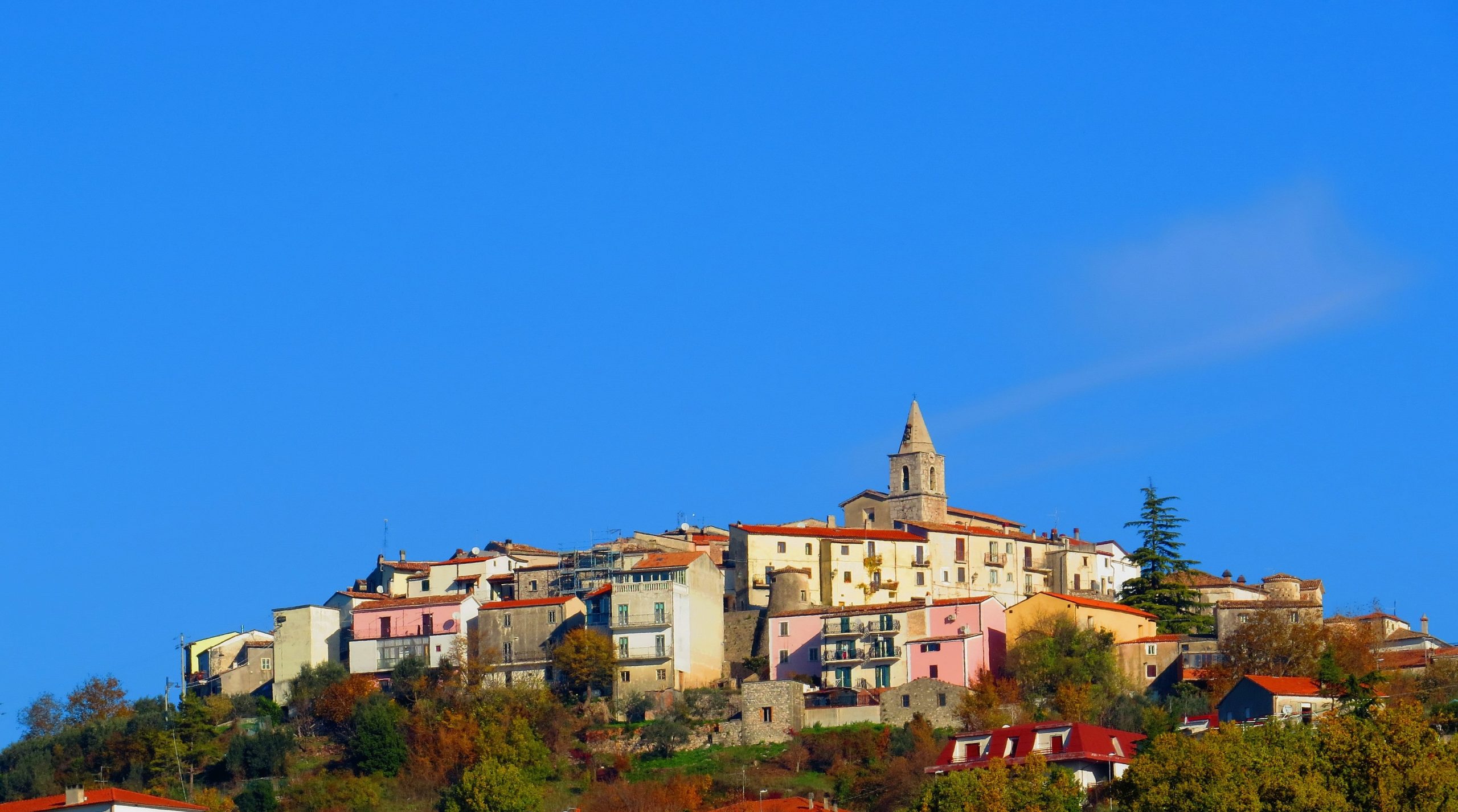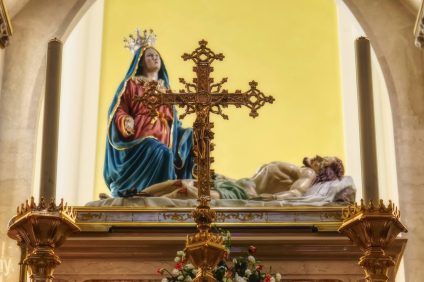Anyone wishing to explore magnificent Italian villages cannot exclude Fornelli from their list. It is located in Molise, in the province of Isernia, also known as the town of the seven towers. Here it is possible to admire one of the best preserved medieval walls in the whole region. There is also space for an excellently developed urban plan, which follows the original one.
It is easy to organize a visit to the historic center, considering how there are three urban profiles connected to each other. The first two are the oldest and include the Mother Church, the Palace and the seven towers. The third, of more modern origin, instead extends to the valley. The historic village offers a splendid landscape setting, with olive trees all around. Here we produce a fruity oil of excellent quality, one of the most popular in the Molise.
History cookers
Fornelli is located near the border with Lazio, 530 meters above sea level. Inserted in the list of the most beautiful villages in Italy, it looks at them all from the top of the hill on which it rests. Around cultivated fields, woods and ditches. It also has the brand City of Oil, given the excellence of oil produced in the surrounding countryside.
The name could derive from an oven for the production of baked bricks. This seems to have been in ancient times at the service of the abbey of San Vincenzo. The first time that the village is mentioned in some documents is in 891. According to some, it was built in the XNUMXth century.

Originally it seems to have been near the Vandra river, taking its name. It is not known why it then changed its location and name. It was a barony with a mill and an oil mill. Over the centuries it has passed under many feudal lords. From 1433 to 1525 there was the Pandone family and in 1656 it had to suffer the plague. It also suffered damage from numerous earthquakes. Most recent in 1984.
Stoves what to see
The village of Fornelli is rich in architectural elements of great importance, starting with the Church of San Michele Arcangelo, consecrated in 1746. To admire its bell tower from 1738 and the three paintings of the eighteenth century, as well as a statue of San Michele. Strolling through this medieval village means letting yourself be lulled by a bygone atmosphere. There are ancient stone houses everywhere, among which it is possible to see the church of San Pietro Martire.
The latter suffered extensive damage due to the earthquake of the 80s, but the Renaissance portal and the Baroque altar decorations are still intact. Impossible to miss a visit to the Baronial Palace, as well as at the Doors. Fornelli is often referred to as the town of towers. There are seven in all, dating back to the Norman and Angevin period. Also to be admired is the Baronial Palace, as mentioned. This goes to trace the pre-existing structure of the Longobard castle. Three doors are still visible, the main one, which allowed access to the village, Porta Castello and Porta Nova.
What to eat
Oil is the main typical product of Fornelli, also known as the city of oil. Surrounded by olive trees, it produces a very light and fruity oil. All of this is of great importance to the local economy. In the territory there are also truffles, as well as in other areas of the Molise. Finally, legumes in danger of extinction are cultivated along the Vandra.
Finally, there is a dish to try at any cost. Are the taccunell and fasciuel, that is a pasta without eggs, cut into squares and seasoned with garlic, beans and fried oil. Add the sciur c coccia, fried zucchini flowers in batter, and the r 'suffritt, lamb entrails or offal fried with potatoes and peppers. If you are still hungry, we recommend casc 'e ova, kid's liver with eggs and cheese.
Photo source: Gianfranco Vitolo CC BY-SA 2.0





